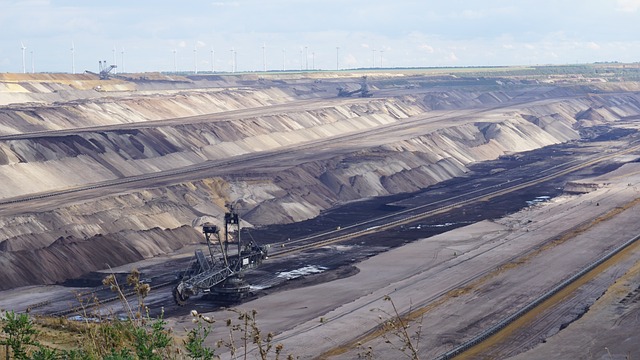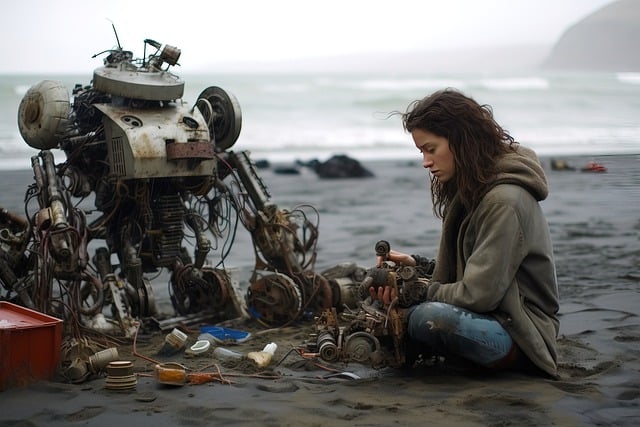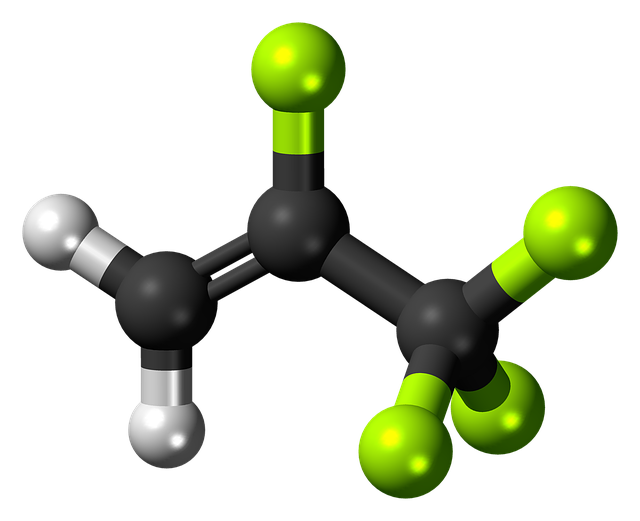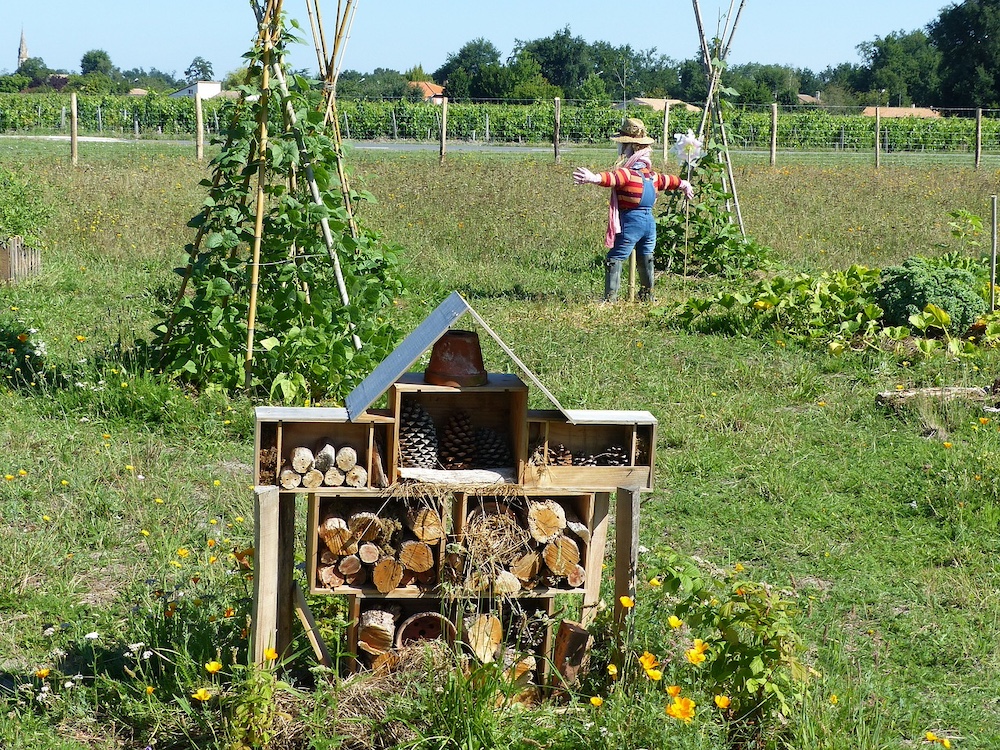Cities — packed with buildings and pavement — absorb heat all day and release it back into the air at night. This creates the urban heat island (UHI), whereby cities are hotter than surrounding areas. The effects of UHIs are far-reaching, impacting both the environment and human and pet health. Urban trees within densely populated towns promote sustainable and livable spaces. These green giants offer many benefits that enhance the environment and quality of life for city dwellers. Why Trees Are Important in Urban Areas With up to 80% of the U.S. population residing in urban cities, trees are fundamental to mitigating the effects of UHIs. High temperatures in metropolitans promote the…
-
-
The Sustainability of Open Pit vs. Subsurface Mining
Mining is quite a prominent practice, essential to get the raw materials numerous industries need to survive. Humans thrive on being able to explore and extract all kinds of minerals. However, environmental stewards should join the conversation and gauge their sustainability. Open-pit and sub-surface mining are two of the main types of mining. Corporations use each one interchangeably, depending on the landscape and need. Here’s an assessment of how they work and how sustainable they are. Open-Pit Mining Open-pit mining is a process that extracts matter close to the ground. Mining often has a reputation for going underground, but this process does not go too deep, which is why it’s…
-
Why Is the Right to Repair Important?
The right to repair is an act of defiance of market captivity. Original equipment manufacturers (OEMs) have made almost every device irreparable by third parties or too expensive to fix. Independent technicians and do-it-yourselfers aren’t the only losers in the status quo — the environment suffers, too. Will this movement turn the tide? What Is Right to Repair? The right-to-repair campaign is the clamor for more freedom to fix broken items. It arises from the increasing irreparability of electronic equipment and machinery. The movement’s proponents aim to counter most manufacturers’ policies of promoting product replacement through various means, including ending software support, restricting parts swaps, gatekeeping acceptable spare components and keeping…
-
Forever Chemicals: Where They Are and How to Avoid Them
Per- and polyfluoroalkyl substances (PFAS) are a family of lab-made chemicals used for repelling oil and water. Modern consumer goods have made people’s lives more convenient since the mid-20th century because of them. However, as with many innovations to advance civilization, their use threatens wildlife and human health. These pollutants are also known as forever chemicals since they are nearly indestructible. They hardly degrade in nature and can be incredibly mobile, making them challenging to contain and allowing them to contaminate large areas quickly. What Items Contain PFAS? Consumer products designed to be grease- and water-resistant almost always have any of the 15,000 PFAS ever invented. Paper and cardboard packaging manufacturers add…
-
Eco-Anxiety: A Growing Crisis
The American Psychological Association describes eco-anxiety as having persistent fears of environmental doom — a state of despair
-
Permaculture Principles for a More Resilient Future
Permaculture is a timeless resource for veteran and budding planetary advocates alike, even in a home garden.
-
Water Conservation Strategies for Your Home and Garden
Water is a precious resource that sustains life on Earth, yet many still take it for granted. Adopting a few simple conservation strategies can save water while maintaining a beautiful and sustainable landscape.
-
The Role of Microgreens in Urban Sustainability
Microgreens are great for keeping up with the demands of a growing population while limiting adverse impacts on the planet.








